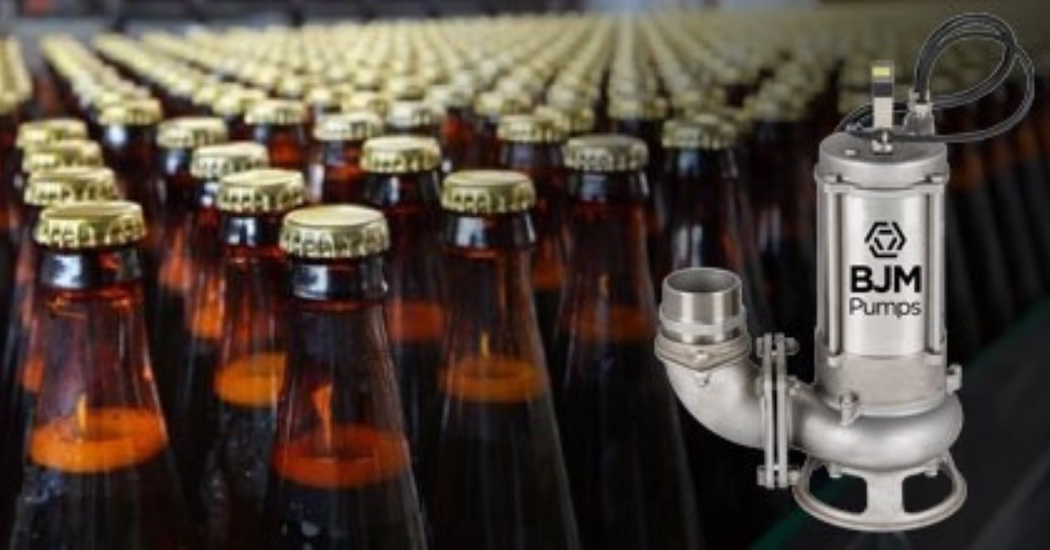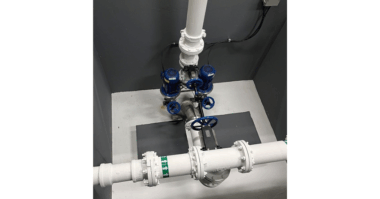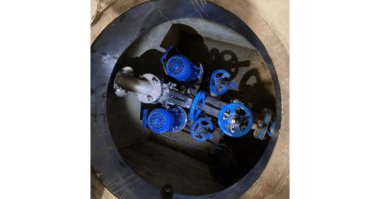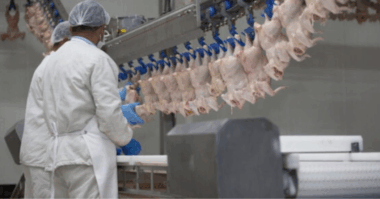It is critical to select the right pump for solids handling submersible if the liquid you’re pumping contains solids.
It is not as complicated as you may think to extend the life of your submersible wastewater pump (sump pump). By factoring in a few basic concepts during your pump selection process, you can optimize your pump performance. Running at this level not only minimizes downtime but also saves costly maintenance and repair charges.
Whether you are working with a high-quality manufacturer or distributor to specify a new pump installation, or to improve an installed pump, capturing the information in the tips below will enable you to select the best product to meet your facility’s demands.
Considerations When Specifying a New Submersible Pump Installation
1. Operate at the Best Efficiency Point (BEP)
BEP is defined as the flow at which the wastewater pump operates at its optimum efficiency for its impeller diameter. At BEP, the radial and axial loading on the bearings is reduced to the lowest possible value for that pump. For shredder pumps, this is the best balance point between passing solids with sufficient time to shred. At points below BEP, the flow is too low to move the solids through the shredder pump causing them to settle in the piping system, creating the potential for clogs. At points above BEP, the flow is too high, moving the waste faster than the shredder pump can manage, also creating the potential for clogs.
Either scenario causes inefficiencies as the radial loading increases and wears on the wastewater pump. Continuous failures, such as seal failure due to shaft deflection or repeated bearing failures, are signs that you are too far away from your BEP. An orifice plate or throttling valve can help increase the total dynamic head, and a bypass line back into the wet well can allow more flow through. This bypass line will also provide the benefit of mixing the wet well and breaking up large clumps of solids.
2. Minimize the Number of Sump Pump Cycles per Hour
Balancing the influent rate and discharge rate minimizes the number of pump starts. The influent rate is the water coming into the sump pump, while the discharge rate is the amount of flow the sump pump is producing. If you have a wet well that’s too small, you’ll have to fill it up and drain it down repeatedly. You may end up short cycling the pump every minute or two until the motor overheats and fails. Fewer cycles keep the motor cooler and the pump running more smoothly.
There are several ways to minimize the cycles, including:
- Change the pump size to better meet the influent rate. Closely matching the influent rate and discharge rate keeps the water level in the pit constant. A higher influent rate fills the pit faster than the pump can discharge the water. A higher discharge rate draws the liquid down very quickly and increases cycling.
- Increase the basin size. This is much easier to do when installing a pump. For existing installations, increasing the size of the basin can be an expensive option.
- Use a variable frequency drive (VFD) to keep the wet well level at a constant level. VFDs control the motor by taking power going to the pump and shifting the frequencies to fluctuate the pump speed. This is recommended for all submersible pumps, except shredder pumps. It’s the most efficient way to minimize starts, but on shredder pumps, it reduces the torque available for shredding and could result in clogging.
3. Increase Velocity by Matching Pipe Size to Sump Pump Size
A velocity between 2-4 feet per second used to be enough to minimize the wear of the piping system. Nowadays, with increasing amounts of flushable wipes and solids in wastewater pumping systems, you should aim for 7 feet per second to avoid solids settling out in the line and clogging the system.
For slurries and heavier solids, you may need even more velocity. The amount will depend on the specific gravity and concentration of the solids in the liquid. If you don’t have enough velocity in the vertical leg, the solids will sit and swirl. When the pump stops, they flow back into the pump and cause clogging.
The pump size should match the pipe size. For example, you should use a 3-inch pump if you have 3-inch piping. Velocity is heavily affected by the pipe size. It is critical that pipes are sized correctly. Oversized piping requires higher velocity to keep the solids from falling out of the flow and clogging the system. Undersized piping increases the head to the system, which leads to more friction and less flow.
Considerations for Installed Submersible Pumps
- Install a lift system for lifting the sump pump. Don’t pull it by the power cord.
- Install a seal fail circuit. BJM Pumps® offers Seal Minder® for most pumps. This is an inexpensive addition (if not included) and alerts you of leaks so you can change the seals before the water gets into the motor and causes damage. If you already have a seal fail circuit, be sure to hook it up.
- Conduct preventive maintenance every 6 months. Pull your submersible pump to check oil, seals, the impeller, etc. A little preventive maintenance can save much bigger repair costs down the road.
- Before putting the pump into the sump for the first time, check the rotation to ensure it is not running backward. It’s not a common issue, but it does happen from time to time.
Industrial Flow Solutions™ offers a comprehensive portfolio of submersible pumps, direct in-line pumps and control solutions ideal for industrial, commercial, and municipal applications. IFS products are problem-solving solutions for Industries including Mining & Materials, Food & Beverage, Construction, Commercial Buildings, Municipal Water & Wastewater, and Power Generation & Utilities. With BJM Pumps®, Clearwater Controls, Stancor® Pumps & Controls, and OverWatch™ Direct In-Line Pump System, IFS is turning flow problems, into flow solutions.




